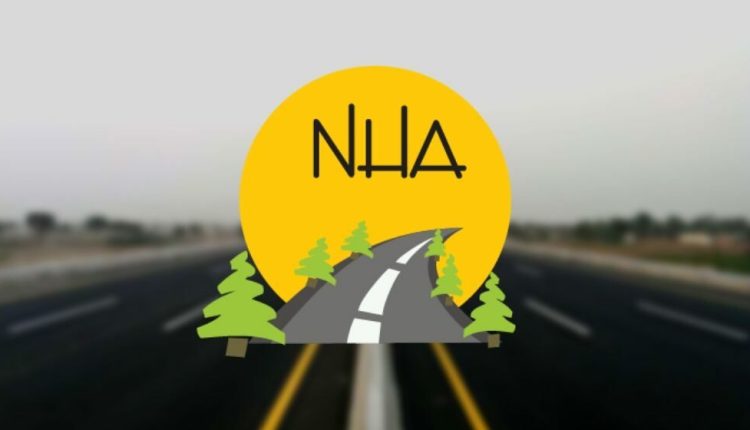The National Highways Authority (NHA) has once again increased toll taxes on highways and motorways across Pakistan. This marks the third significant hike in just seven months, effective from January 5, 2025. The NHA aims to generate Rs. 102 billion in revenue by the end of the 2024-25 fiscal year, a substantial increase from the Rs. 64 billion collected in the previous year.
This latest increase impacts several major routes, including the Islamabad-Peshawar Motorway (M-1), Lahore-Abdul Hakeem Motorway (M3), Pindi Bhattian-Faisalabad-Multan Motorway (M4), Multan-Sukkur Motorway (M5), D I Khan-Hakla Motorway (M14), and the Mansehra Expressway.
Significant Toll Increases
- M-1 (Islamabad-Peshawar): Cars will now pay Rs. 500 (up from Rs. 460), wagons Rs. 750 (from Rs720), buses Rs. 1,450 (from Rs1,300), and trucks Rs. 2,300 (from Rs1,950).
- National Highways: Cars will see a toll increase from Rs. 50 to Rs60, wagons from Rs. 70 to Rs. 100, and buses from Rs. 170 to Rs. 200.
- M-3 (Lahore-Abdul Hakeem): Car tolls have risen from Rs. 650 to Rs. 700.
- M-4 (Pindi Bhattian-Faisalabad-Multan): Tolls have increased from Rs. 850 to Rs. 950.
- M-5 (Sukkur-Multan): Tolls have gone up from Rs. 1,050 to Rs. 1,100.
- M-14 (Dera Ismail Khan-Hakla): The toll tax is now Rs. 600.
These frequent and substantial toll increases have drawn criticism from the public. With the cost of living already high, commuters are facing significant financial burdens due to these repeated hikes. Concerns have been raised about the impact of these increased costs on businesses and the overall economy.
NHA’s Justification
The NHA has justified these increases as necessary to fund the maintenance and expansion of the country’s highway network. They argue that the revenue generated from tolls is crucial for ensuring the safety and efficiency of these vital transportation routes.
It remains to be seen how these increased toll rates will impact traffic flow and the overall transportation sector. The NHA will need to carefully monitor the situation and address any concerns raised by the public.







